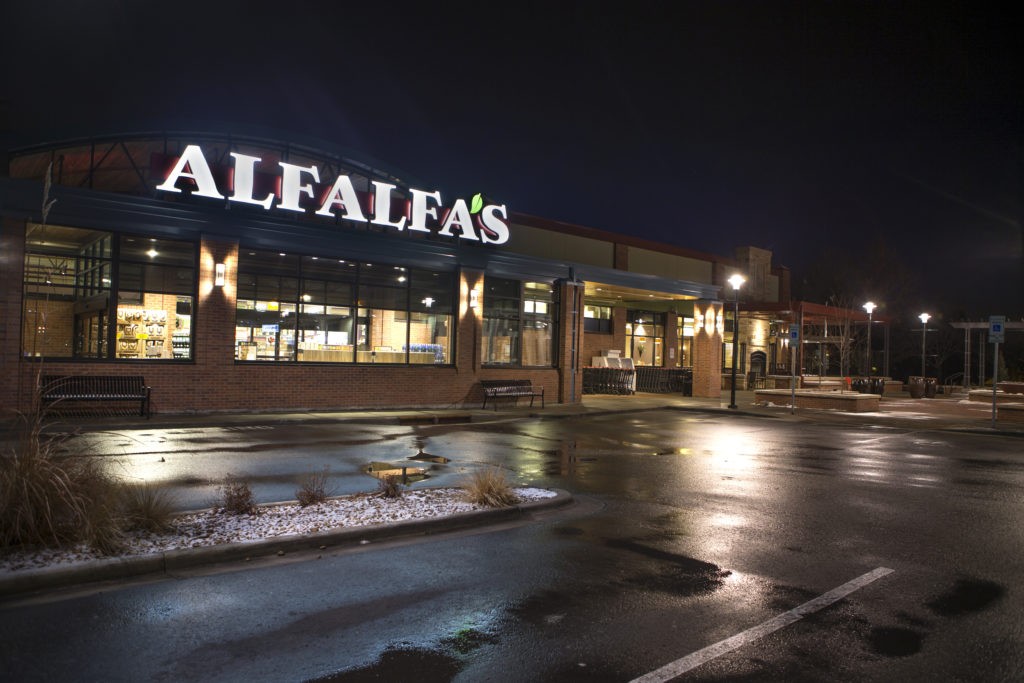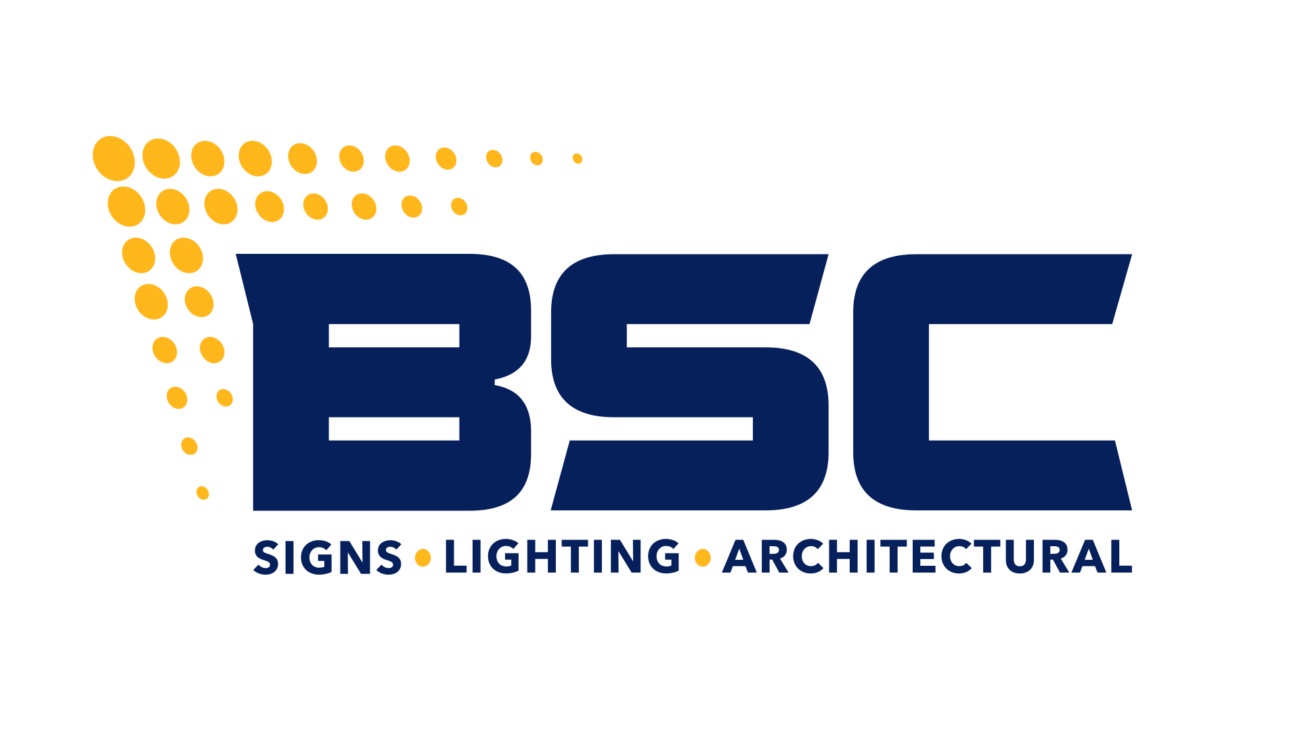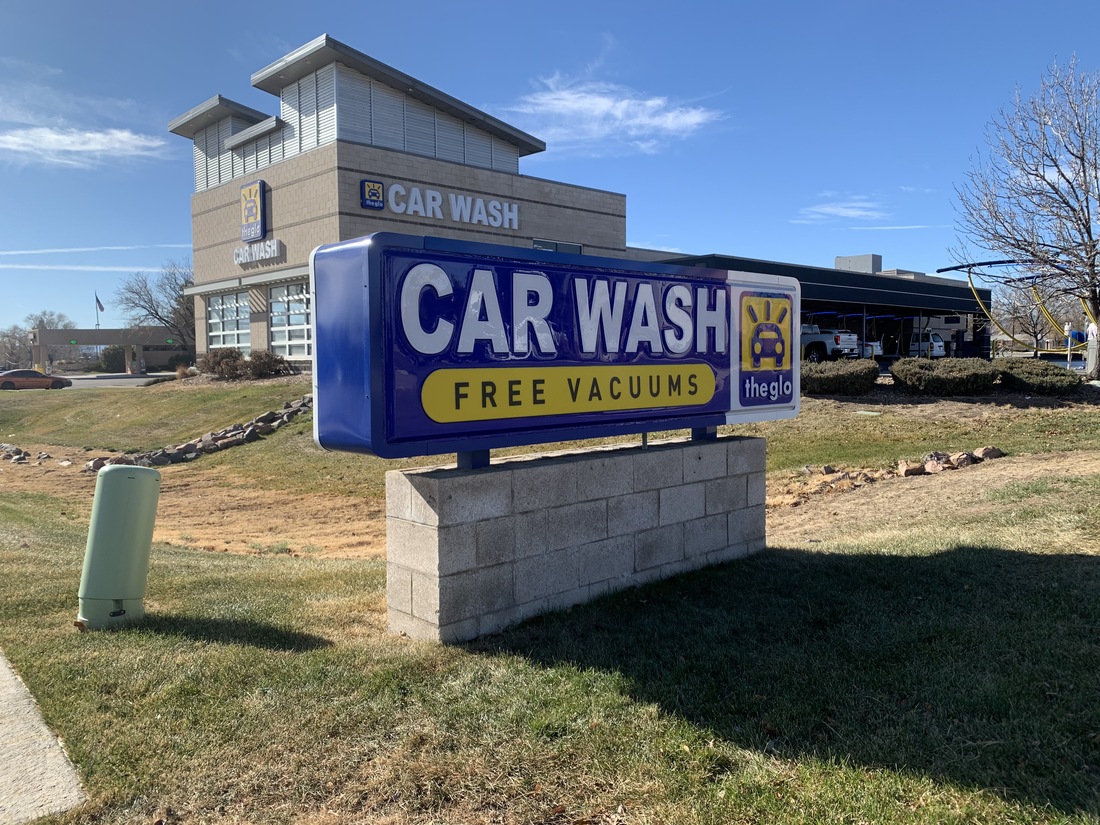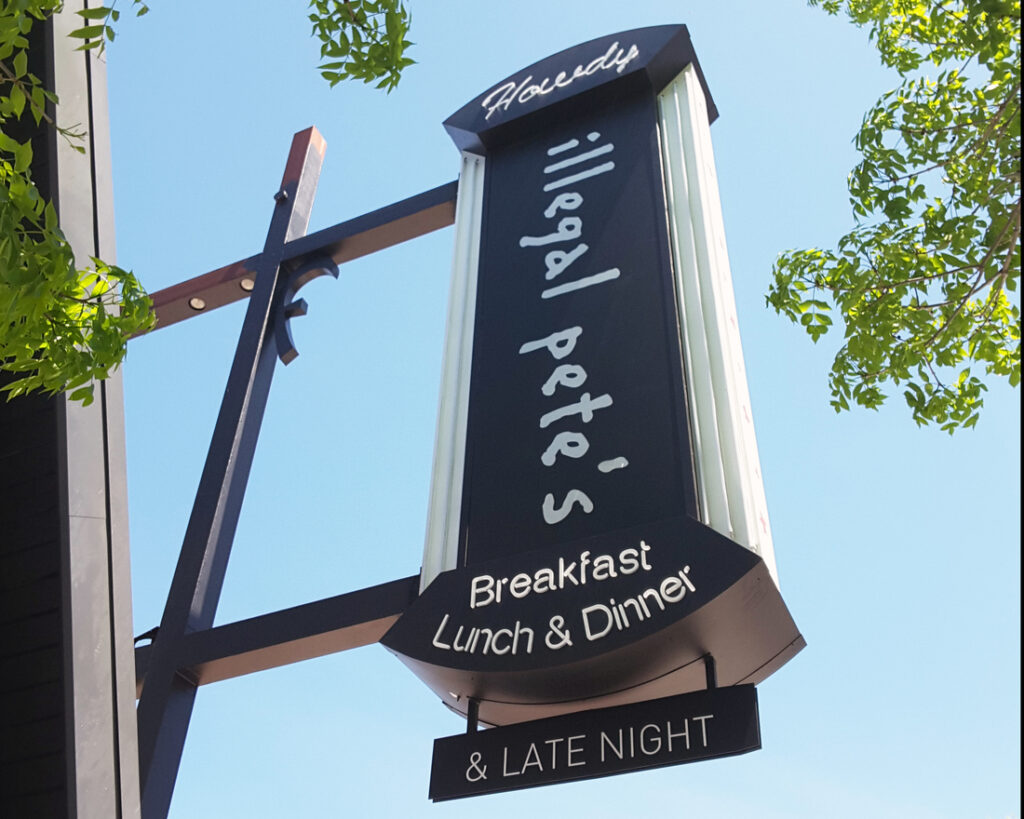No one gets more excited about a custom lit channel sign than the BSC fabrication team. Channel letter signs are some of the most classic building signs for a business, regardless of industry. They are versatile, fully customizable, and allow your brand personality to shine. If you’re looking to grow and expand your business, talk to us about a custom lit channel sign.
The Benefits of a Custom Lit Channel Sign
We love a custom lit channel sign because it gives us multiple areas to be creative and tailor each sign to bring out your brand personality.
Elements to bring out brand personality:
- Signature font and colors
- Proportions and placement
- Custom lighting

Capture Signature Brand Font and Colors
Channel letter signs are custom formed in our state-of-the-art facility, where we have the space to create large building signs for businesses and commercial establishments. We can make your brand larger than life, perfectly replicating your signature brand font and colors.
Similarly, we can color-match, increasing brand recognition and cohesion.
Proportions and Placement
Because each letter is individually formed, we can customize channel signs in shape, size, and proportions to flow with your building and storefront giving the most pleasing aesthetic. While most custom lit channel signs live on a building façade, we can also tailor channel signs to sit on top of an awning. Proportions and placement are significant players in the overall impact of a channel sign.
Custom Lit Channel Sign
Custom lighting is the main characteristic associated with a channel sign. There are several lighting styles:
- Front-Lit
- Reverse-Lit (Halo-Lit)
- Combination
- Open Face
Modern custom lit channel signs use LED lighting systems for cost, safety, efficiency, and sustainability. However, if an open-face lit channel sign is the right style for your brand, neon is typically the style of choice.
Work With BSC on Custom Lit Channel Signs to Grow Your Business
Our team will guide you from idea to installation. Contact us today to get started.
BSC SIGNS is an award-winning full-service licensed sign contractor and custom fabricator based in Broomfield, Colorado. We design, build, and install signage for businesses and organizations in Denver Metro, Boulder, Colorado Springs, and throughout Colorado and southern Wyoming.



